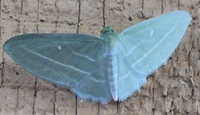
| Recorded by: Michael P. Morales on 2025-09-04
Cumberland Co.
Comment: | 
| Recorded by: Michael P. Morales on 2025-09-04
Cumberland Co.
Comment: |

| Recorded by: Mark Basinger on 2025-07-31
Wilson Co.
Comment: | 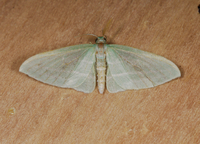
| Recorded by: Jim Petranka and Becky Elkin on 2025-07-26
Madison Co.
Comment: |
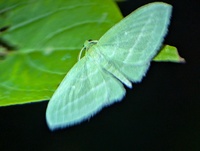
| Recorded by: Melody McMichael on 2025-06-26
Forsyth Co.
Comment: | 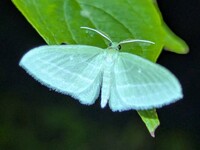
| Recorded by: Melody McMichael on 2025-06-26
Forsyth Co.
Comment: |

| Recorded by: Mark Basinger on 2025-06-25
Buncombe Co.
Comment: | 
| Recorded by: Lenny Lampel on 2025-06-03
Union Co.
Comment: |

| Recorded by: Mark Basinger on 2025-05-19
Wilson Co.
Comment: | 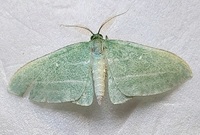
| Recorded by: Mark Basinger on 2025-05-02
Wilson Co.
Comment: |

| Recorded by: K. Bischof on 2025-04-14
Chatham Co.
Comment: | 
| Recorded by: Emily Stanley on 2025-04-05
Buncombe Co.
Comment: |

| Recorded by: David George, Jeff Niznik on 2025-04-05
Chatham Co.
Comment: | 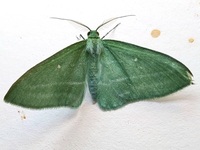
| Recorded by: Mark Basinger on 2025-04-02
Wilson Co.
Comment: |

| Recorded by: Mark Basinger on 2024-08-05
Mitchell Co.
Comment: | 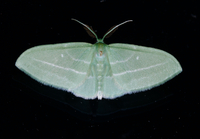
| Recorded by: Jim Petranka on 2024-08-04
Madison Co.
Comment: |

| Recorded by: Owen McConnell on 2024-07-24
Graham Co.
Comment: | 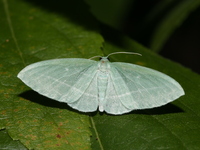
| Recorded by: David George on 2024-07-14
Orange Co.
Comment: |
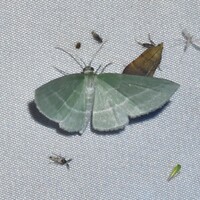
| Recorded by: Jeff Niznik on 2024-07-14
Watauga Co.
Comment: | 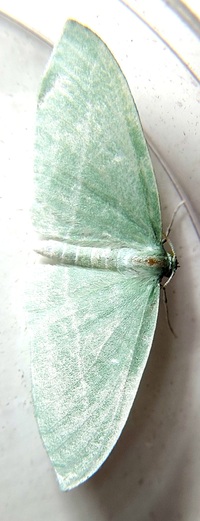
| Recorded by: Mark Basinger on 2024-06-29
Rowan Co.
Comment: |
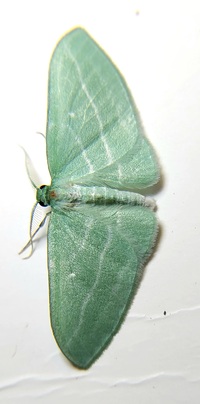
| Recorded by: Mark Basinger on 2024-06-24
Yancey Co.
Comment: | 
| Recorded by: David George, Stephen Dunn, Jeff Niznik, Patrick Coin on 2024-06-22
Chatham Co.
Comment: |
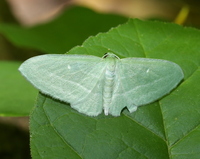
| Recorded by: David George, Tracy Feldman, Jeff Niznik, Rich Teper, Patrick Coin, Becky Watkins on 2024-06-08
Wake Co.
Comment: | 
| Recorded by: Mark Basinger on 2024-05-16
Buncombe Co.
Comment: |
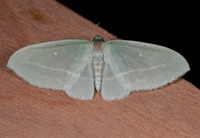
| Recorded by: Jim Petranka, Mark Basinger and Becky Elkin on 2024-05-16
Buncombe Co.
Comment: | 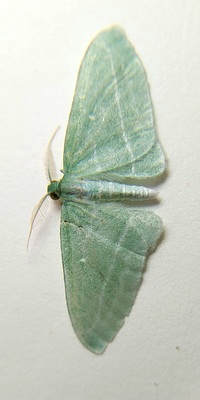
| Recorded by: Mark Basinger on 2024-05-14
Buncombe Co.
Comment: |
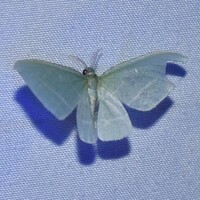
| Recorded by: Jeff Niznik on 2024-05-13
Madison Co.
Comment: | 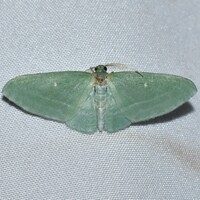
| Recorded by: Jeff Niznik on 2024-05-12
Madison Co.
Comment: |

| Recorded by: Regina Patton on 2024-05-09
Jackson Co.
Comment: | 
| Recorded by: Andrew W. Jones on 2024-05-06
Polk Co.
Comment: |
|

 »
»























